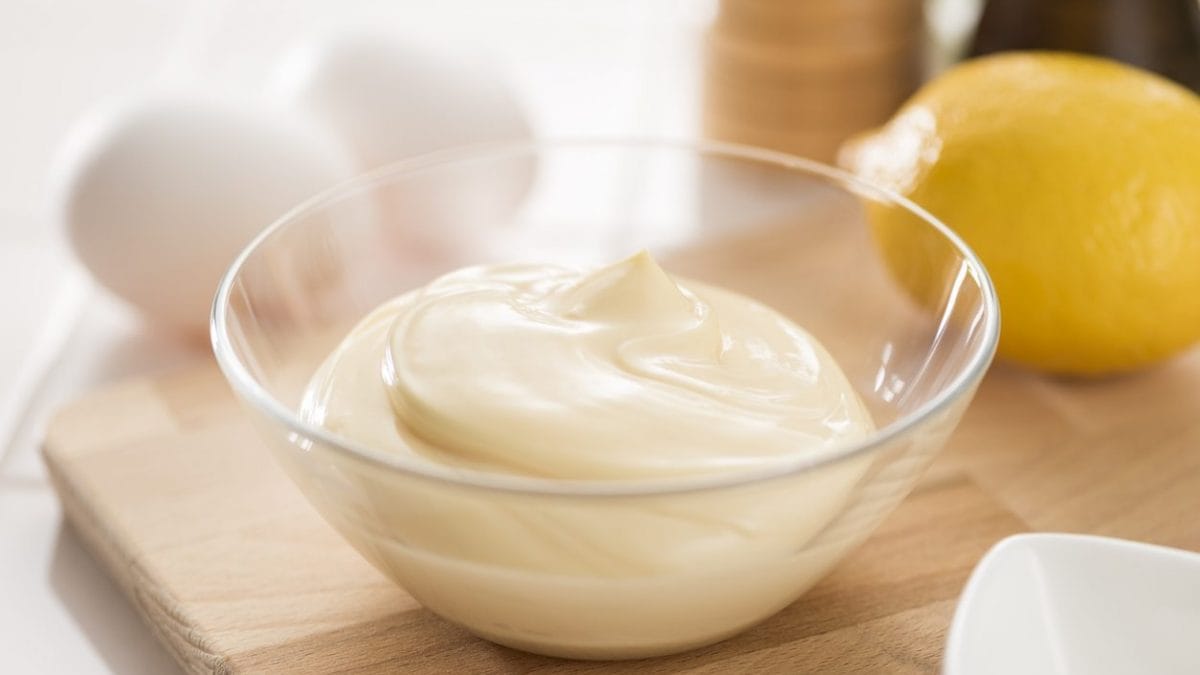
Making mayonnaise at home is a small challenge that can be hugely rewarding. It requires just a few ingredients, yes, but they must be handled delicately: the balance between oil, egg, and acidity is delicate, and one misstep can ruin everything. How many times have you followed the recipe to the letter and still ended up with a runny or grainy mixture? The truth is, there are a number of common mistakes that can sabotage your preparation. Here's a simple guide to avoid them and finally achieve smooth, creamy, and stable mayonnaise.
1. Using Cold Ingredients (Straight From The Fridge)
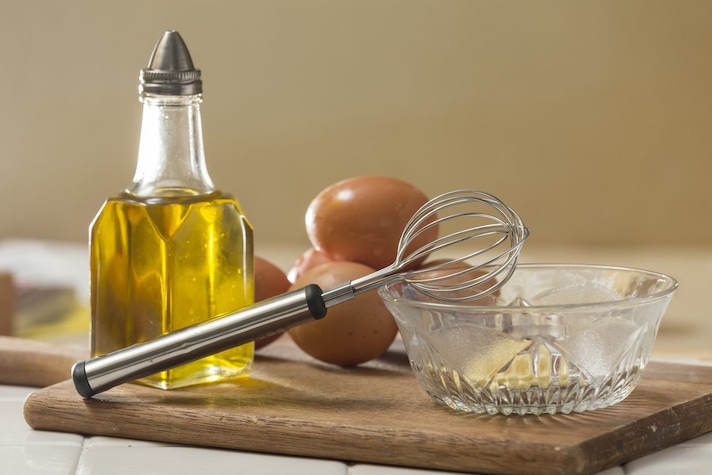
This is the most common mistake, and also the most insidious: if the eggs and oil aren't at the same temperature, the emulsion won't form because the fat in the oil can't bind well with the water in the yolk. Leave everything at room temperature for at least 30 minutes before starting: in particular, the egg shouldn't be cold. If you're in a hurry, you can slightly warm the container in which you'll be whipping the mayonnaise.
2. Pouring The Oil Too Quickly
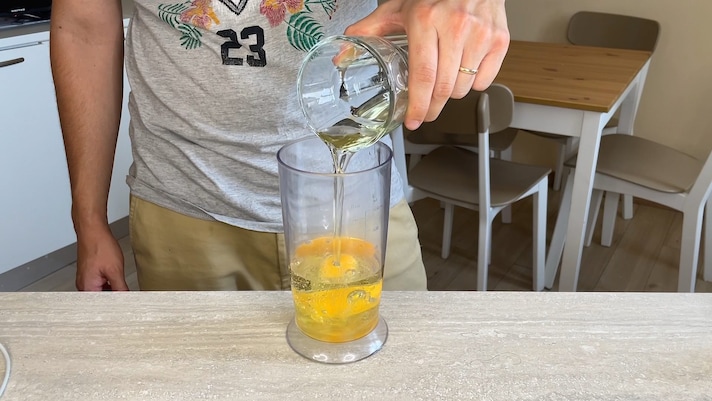
Another fatal mistake: adding a lot of oil at once, hoping that "the more you add, the better it will whip." In reality, if the oil is incorporated too quickly, the mayonnaise will separate because the structure that binds fat and water doesn't have time to form. To avoid this, start with just a few drops, literally, and then proceed in a very thin stream only when the emulsion has visibly begun. Patience is the secret ingredient.
3. Choosing an Oil That is Too "Strong" or Unbalanced
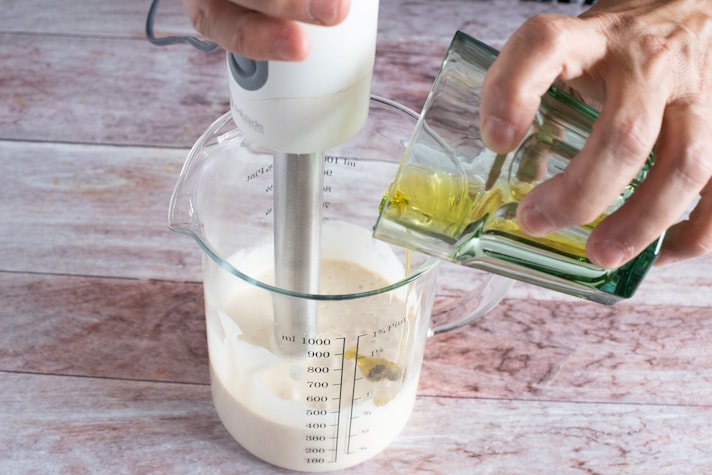
Oil is the main ingredient, yet it's often chosen haphazardly. Too much extra virgin olive oil can produce a bitter or herbaceous flavor, while certain seed oils can be too neutral or low-quality. Try a high-quality sunflower oil (for a more neutral flavor) or a mild olive oil. If you want the flavor of extra virgin olive oil, use only a fraction, mixed with a lighter oil.
4. Forgetting the Acid Element
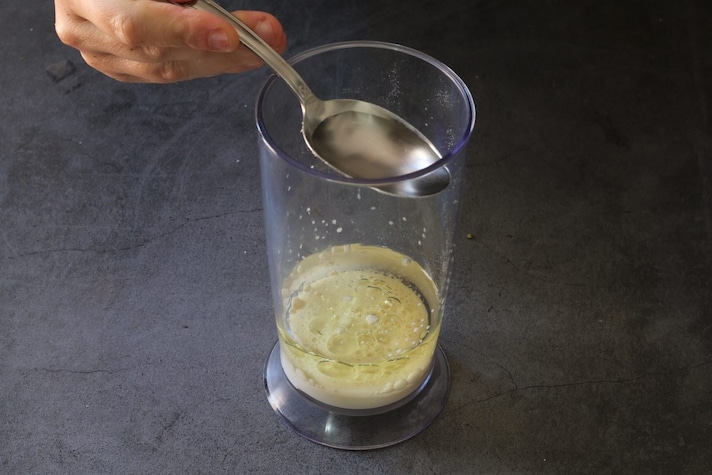
Acidity (vinegar or lemon juice) serves a dual purpose: it enhances the flavor and helps stabilize the emulsion. Without it, the mayonnaise will tend to curdle more easily and will taste flat. When you're about to make it, immediately add a teaspoon of vinegar or lemon to the yolk before you begin beating. Lemon adds a fresher flavor, vinegar a bolder touch.
5. Skipping The Salt or Adding it At The End
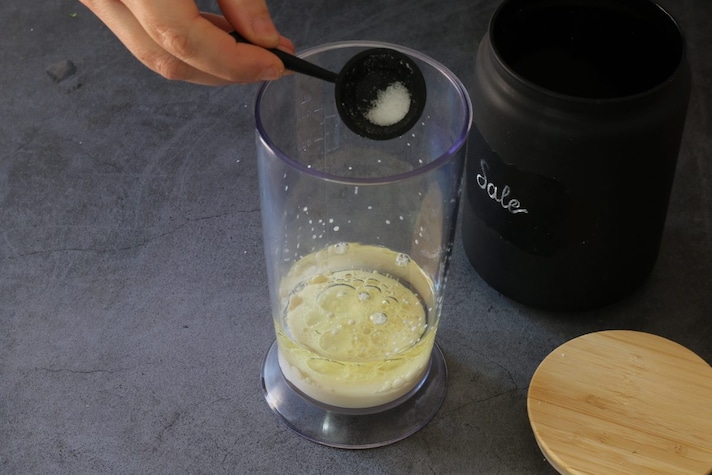
Salt isn't just for flavor: if added at the beginning, it helps break down the egg proteins and promotes emulsification. If you add it at the end, you risk not mixing it well. Add a pinch of salt to the yolk before you start beating. If you want to adjust the flavor, you can always adjust it later.
6. Whipping or Blending Erratically
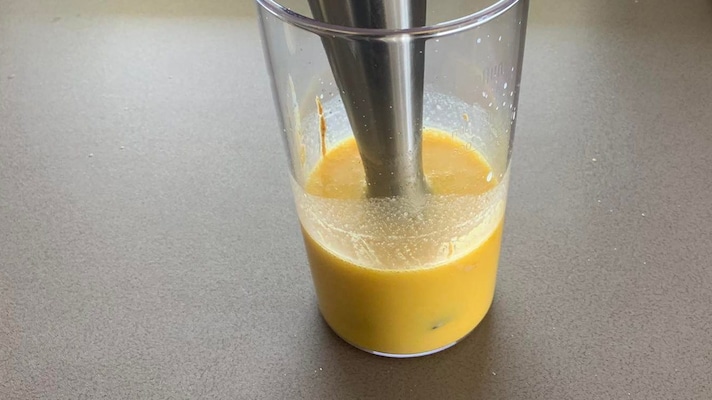
Whether you're using a hand whisk, a blender, or an electric whisk, the rule is: consistency and gentleness. An irregular or overly vigorous pace can "break" the emulsion or prevent it from starting at all. In particular, if you're using a blender, hold it firmly on the bottom at first, then slowly lift it up only once the mayonnaise has formed. With a hand whisk, work at a regular pace and without sudden changes.
7. Getting The Proportions Between Egg Yolk and Oil Wrong
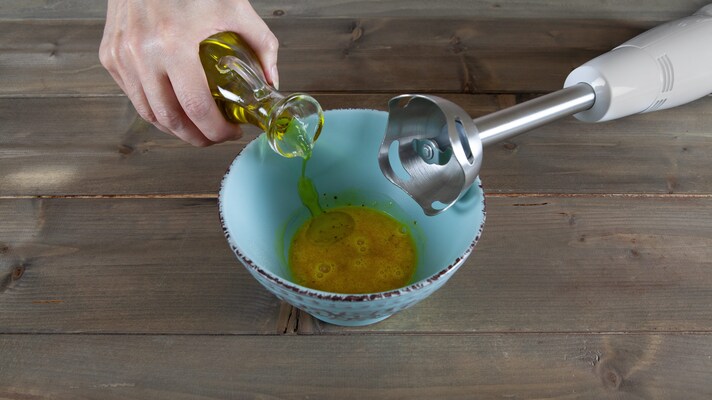
A single egg yolk can hold about 100–150 ml of oil, up to 200 ml if you're very experienced. Adding too much oil compared to the egg makes the mayonnaise unstable; too little makes it runny or too thick. Stick to the proportions: start with 100 ml of oil for each egg yolk and adjust as you go. If you want a thicker mayonnaise, add a little oil at a time, always emulsifying well.
8. Not Tasting While Preparing
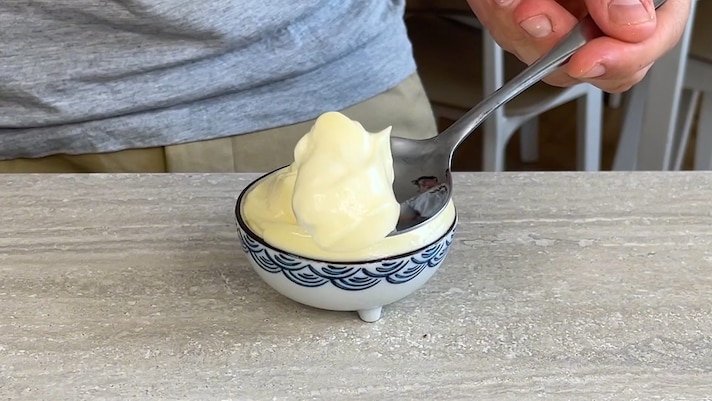
Each ingredient has its own variables: more or less flavorful eggs, more or less aromatic oils, different acidity levels. If you don't taste, you risk obtaining an unbalanced mayonnaise. Taste as you go and adjust: you can gradually add lemon, vinegar, or salt, to obtain your "perfect" mayonnaise.
9. Not Having a Plan B If The Mayonnaise "Breaks"
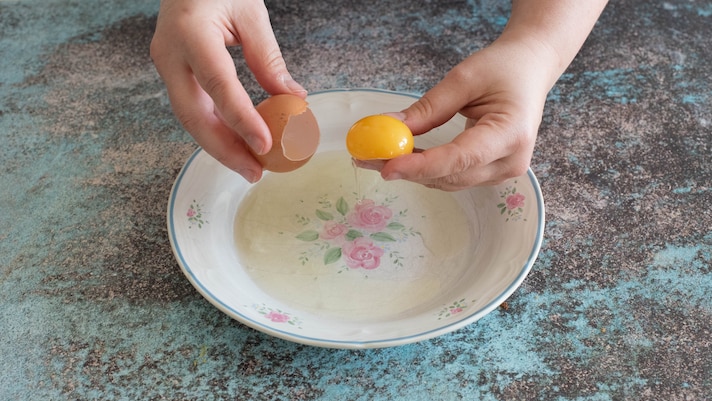
Even the most experienced make mistakes, and mayonnaise occasionally curdles. But all is not lost: you can still save it. Start a new emulsion with another egg yolk, then slowly incorporate the "curdled" one as if it were oil. Alternatively, you can use a spoonful of hot water or lemon juice to "restart" the mixture.
11. Preparing it Quickly, Maybe at The Last Minute
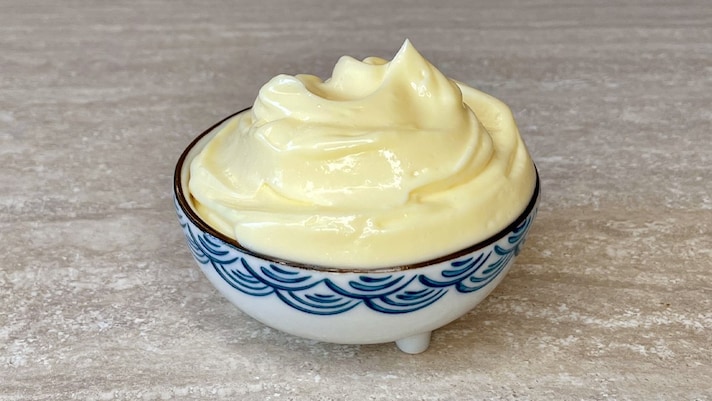
Mayonnaise takes time: rushing things, perhaps under pressure with guests already at the table, is a recipe for disaster. Prepare the mayonnaise ahead of time for better results. It will keep in the refrigerator for 2–3 days in a tightly closed container.
;Resize,width=767;)
